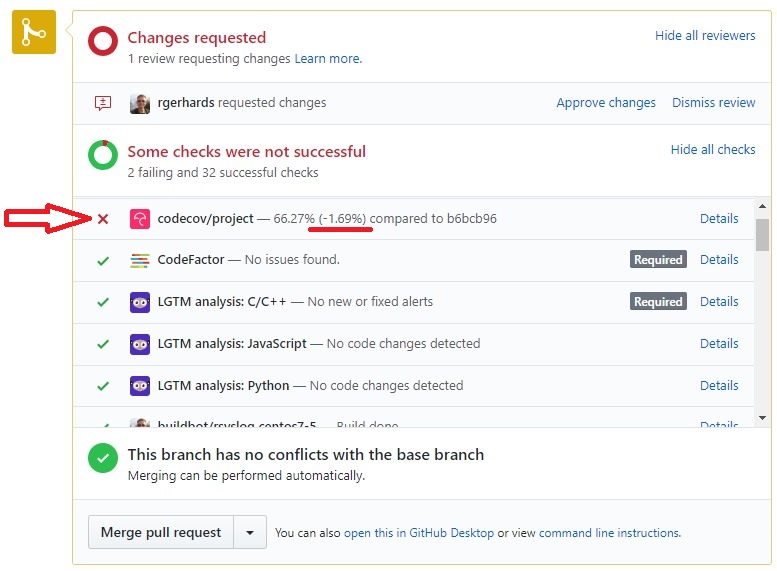We use static code analysis for two reasons. Both of them should probably be well-know, but discussions show that that’s not always the case. So I thought writing a small blog post makes sense.

The first reason is obvious: static analyzers help us catch code problems in early stages, and they do so without any special effort needed by test engineers. The analyzer “thinks” about many cases a human being does not think about and so can catch errors that are sometimes embarrassingly obvious – albeit you would have still overlooked them. Detecting these things early saves a lot of time. So we try to run the analyzers early and often (they are also part of our CI for that reason). Continue reading “Why we use Static Code Analysis”


